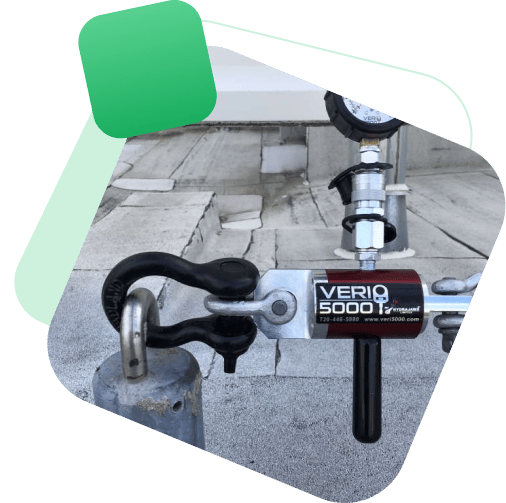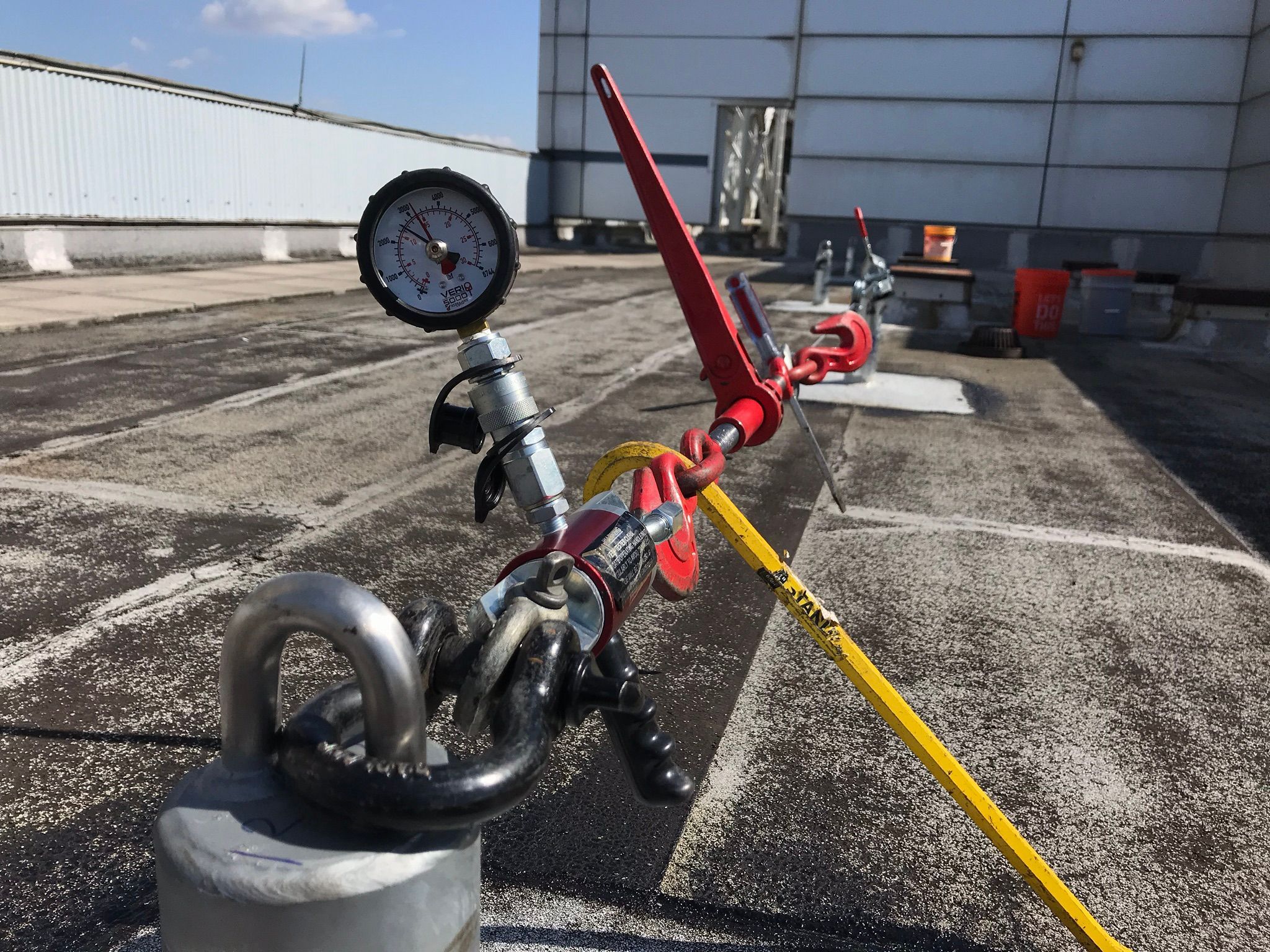A vertical lifeline is a cable-based ladder system. It features a shuttle that attaches to the D-ring of an employee’s harness. The shuttle acts as a mobile anchor point and moves with the worker as he travels up and down the rungs. If a worker loses his footing, the shuttle will engage the cable, stopping the employee from falling far at all. He’ll only experience a slight jolt, and then the cable will support his weight until he can once again place his feet on the device’s rungs.
All of this means that should your worker fall off the ladder, the fall is brief and the worker is protected from harm. And while fall protection for ladder work may seem like overkill, it’s not. Ladder work consists of a large percentage of the overall onsite accidents.
It’s important to note that while OSHA doesn’t require a vertical lifeline, we still keep OSHA’s regulations in mind when installing ladders for your building.
Some of the guidelines we use in conjunction with OSHA regulations:
– The grab bars’ minimum size is the same size as the ladders’ rungs.
– The steps, rungs, and side rails must be continuous in their extension (for side-step ladders).
– Grab bars that don’t stick out on the climbing side beyond the rungs.
While OSHA doesn’t require a vertical lifeline, the organization does demand all climbing systems over 24-feet tall to have a cage. A cage only prevents workers from falling backward. Without a vertical lifeline, a worker can develop serious injuries and harm others who are lower down on the structure. We strongly recommend that every permanent ladder system has a vertical lifeline.
The best protection in worker safety is the having the best option available for safety.




